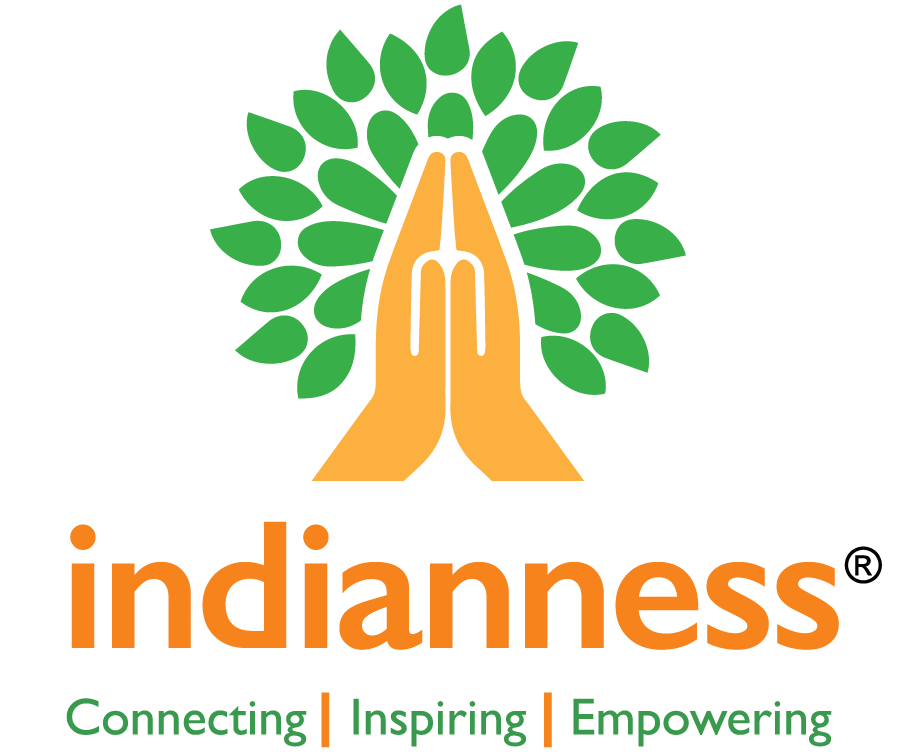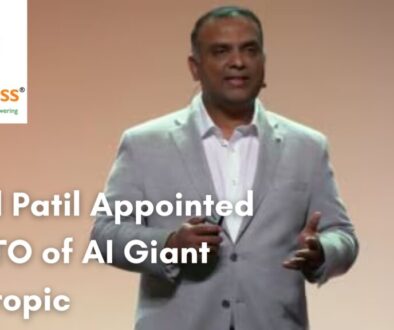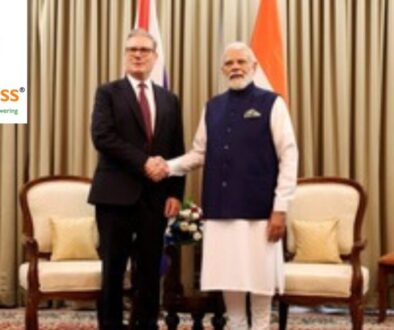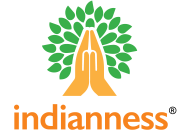India’s Multilingual AI Model: Bridging Languages, Empowering Communities
In a groundbreaking move, India has introduced Adi Vaani, the world’s first AI-powered model designed to communicate in tribal languages, aiming to preserve endangered tongues and ensure that essential services reach people in their native languages. Launched under the Adi Karmayogi Abhiyan in 2025, this innovative AI model tackles the pressing issue of language inequity, opening doors for inclusive development in education, healthcare, and governance.
The Global Language Challenge
Languages are far more than mere communication tools—they are vessels of culture, heritage, and collective wisdom. Yet, nearly half of the world’s 7,000 languages are at risk of disappearing by the end of the century, according to UNESCO. The loss is not just cultural; it affects development outcomes. Millions of people around the world lack access to education and healthcare in languages they understand, leading to miscommunication, misdiagnoses, and missed opportunities. Language inequity is, therefore, both a cultural and developmental challenge.
India’s Linguistic Mosaic
India, home to 461 tribal languages spoken by over 100 million citizens, stands at the forefront of this crisis. Currently, 123 tribal languages are endangered, and 42 are critically endangered. Neglecting these languages would not only erode India’s cultural diversity but also hinder inclusive growth, particularly in tribal regions where language barriers prevent effective education, healthcare, and governance. Recognizing this, India has turned to technology to ensure that no community is left behind.
Enter Adi Vaani: Technology Meets Tradition
Adi Vaani leverages artificial intelligence to bridge the linguistic divide, enabling seamless communication in tribal languages. The model ensures that essential services, from healthcare advice to government programs, are accessible in mother tongues, promoting inclusivity and cultural preservation. By addressing language inequity head-on, Adi Vaani is redefining how AI can serve society, combining cutting-edge technology with the urgent need to safeguard heritage.
A Model for the World
While its immediate impact is national, Adi Vaani also offers a replicable blueprint for other countries grappling with linguistic diversity. Its scalable design and locally trained datasets make it adaptable to different cultural contexts, demonstrating that AI can be both inclusive and socially responsible. India’s commitment to building such tools positions the country as a global leader in advancing digital inclusivity.
Looking Ahead
As the world grows more interconnected, linguistic inclusivity becomes increasingly crucial. Adi Vaani exemplifies how technology can preserve cultural richness while advancing development goals. By ensuring that every community can access essential services in a language they understand, India is not only safeguarding its own diversity but also offering a model for the global community to emulate.
In conclusion, Adi Vaani is more than an AI tool—it is a bridge between technology and humanity, heritage and innovation. By promoting inclusivity, preserving endangered languages, and empowering communities, India is demonstrating how AI can truly serve society.






